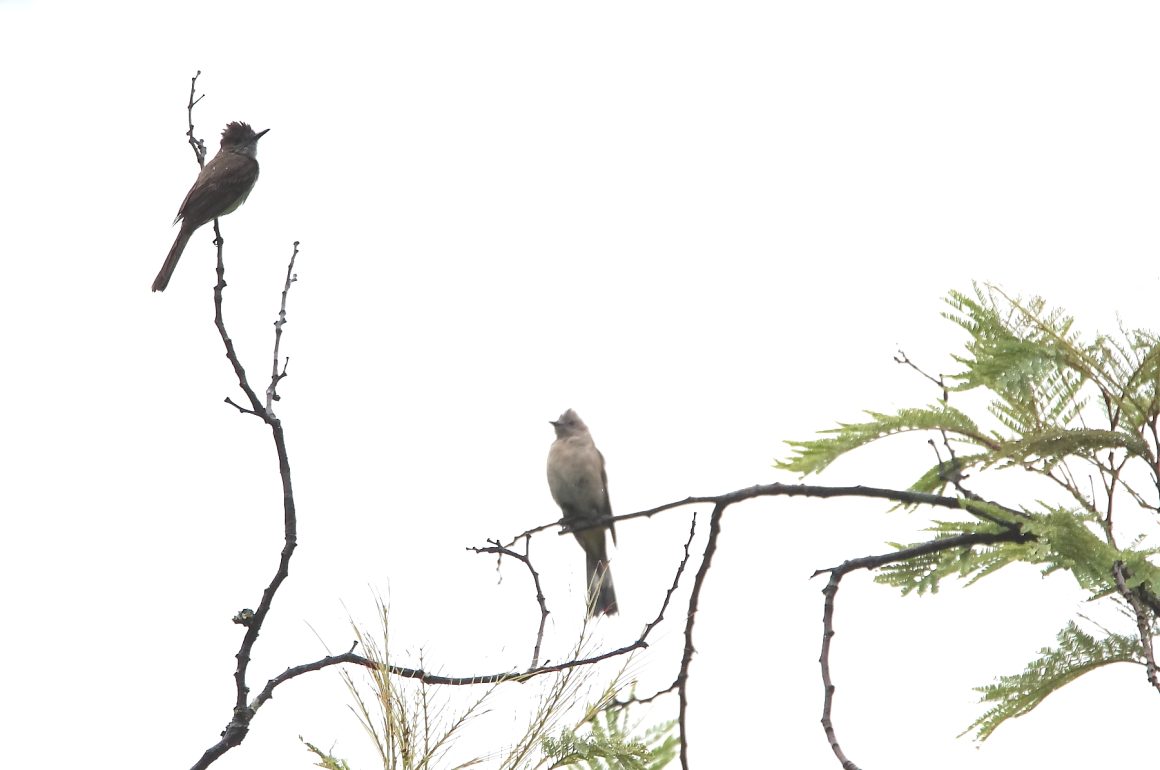
So here is where we were a week ago in central Mexico: Some of the country’s most important and largest lakes, such as Lake Cuitzeo and Lake Yuriria, were completely dry. The island of Jantizio in the middle of Lake Pátzcuaro, famous for its Day of the Dead celebrations, was almost accessible by foot. I’m not sure if dredging the mostly dry lake still allows access by flat-bottom boats, which is the usual way to reach the island. Mexico’s largest lake, Lake Chapala, had dropped below 40% of its capacity. News stories about these lakes inevitably included photos of dessicated fish, water snakes, and crabs, which I myself have witnessed, in astonishing numbers. (I should clarify that all these endangered lakes are natural, rather than reservoirs.)
I can only vouch for the area around Morelia, but here, any country drive reveals the scars of countless brush and forest fires. So when our summer rains finally do arrive, ground that has been stripped of its level of leaf mold and baked by fire will be less able to absorb them. Even the pines that escaped fires are quickly succumbing to a plague of pine borers, also provoked by our increasingly hot and dry climate.
But much can change in a week. On Thursday of last week, Tropical Storm Alberto roared ashore in northeastern Mexico, and brought with it the start of our normal summer pattern of daily rains. We have not had a single dry day since. Suddenly, my gardening chores on our church lot shifted from watering, to planting and trimming. Better yet, reports started flooding in (pun intended?) of the above-mentioned lakes actually looking like rains again, immediately after the first rains. Apparently the lakebed soils were saturated enough that whatever rainwater fell on them remained on the surface. In contrast, on the hills all the rainwater soaked into the ground, resulting in streambeds remaining completely dry so far.
We birders can be stubborn folk. So even though Monday morning was particularly wet, with rain falling most of the early morning, my friend Jonathan Vargas and I took off for the area around the town of La Escalera, with its nearby villages of El Palmar and Arúmbaro. Perhaps the rain would stop by the time we reached our destination?
No such luck.
On the twisty 27 km (17 mile) drive there, it was mostly rainy, with occasional patches of dense fog and rain. Once we arrived, we discovered our destination to have steady rain, with occasional patches of dense fog. Because of all that water, our cameras stayed in the car. Binoculars are easier to keep safe, underneath one’s waterproof jacket. And in cases of extreme necessity, they can also be juggled beneath an umbrella. I know this, because I that is just what I did.
And so our morning went. Drizzle, rain, drizzle with fog, and rain with fog. But we did not complain, for this means that any unburnt and live trees are ,most likely to remain so for one more year. Also, it can be good for one to go old school (binoculars only) once in a while. Being forced to bird by ear is good for the soul, as well.
Then, finally, we experienced a brief spell with no rain, and only the lightest of mists. The birds seemed excited about this break in the rain, as well. This brief window of opportunity led to a small number of very gray photos of some very wet birds. Ironically, most of them were species that look gray even in dry weather:
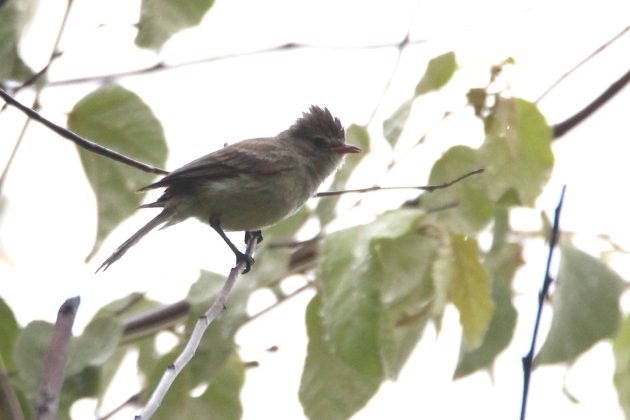
Northern Beardless Tyrannulet: gray, very small, with an orange bill
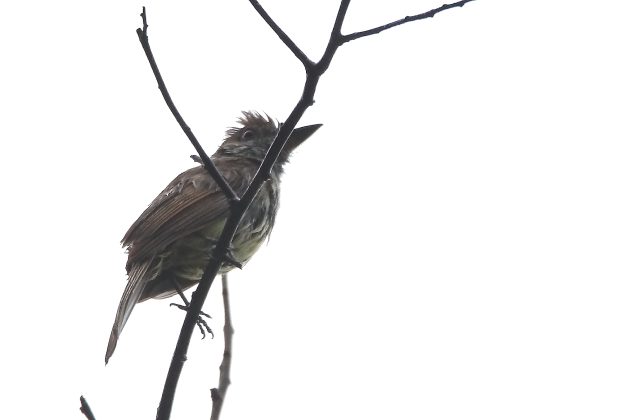
Western Wood Pewee: gray, a bit bigger, with a mostly gray bill.
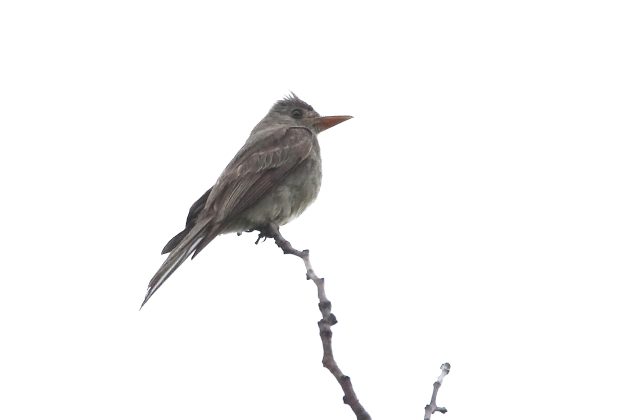
Greater Pewee: gray, larger, with a much larger orange bill
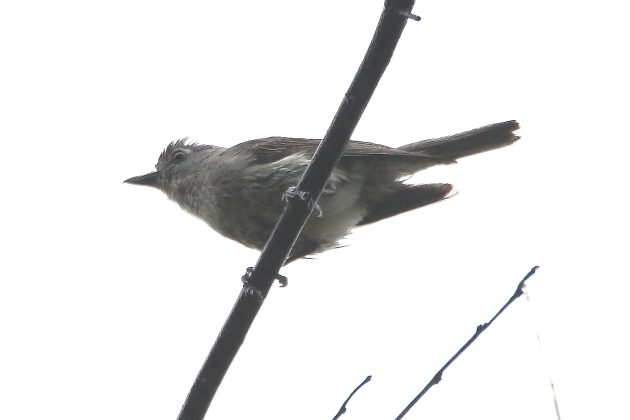
Plumbeous Vireo: Gray (“plumbeous”) with white wing bands and “glasses” that you could not see in the rain.
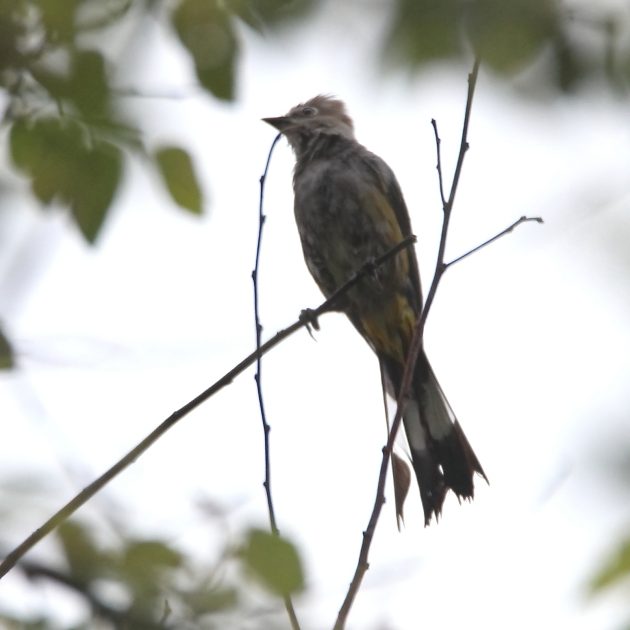
Gray Silky-Flycatcher: Yes, they are mostly gray. And they were very, very wet.
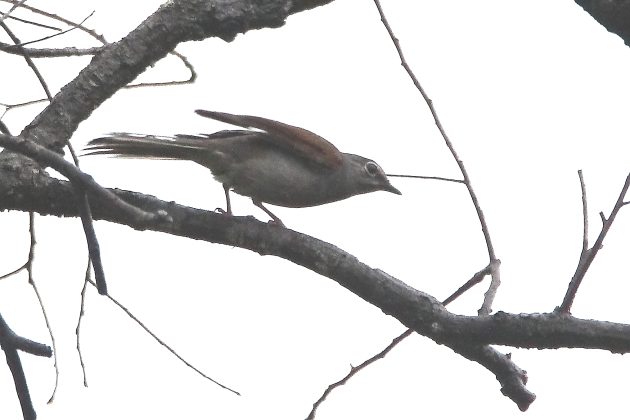
Brown-backed Solitaire: gray with, you guessed it, a brown back.
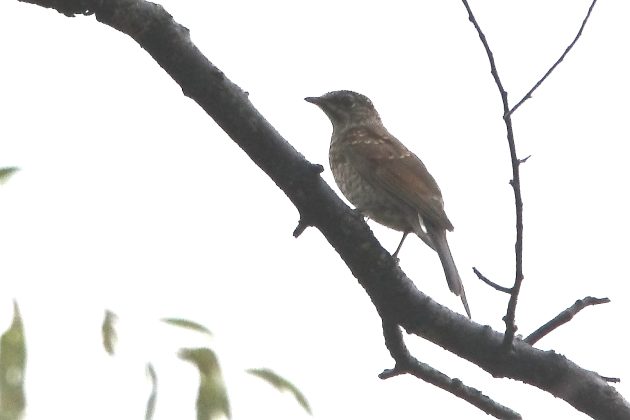
Oddly enough, this immature Brown-backed Solitaire showed more color and pattern than the adult above.
So there you have it. It turns out that the return of our rains make for few, and rather uninteresting, photos. It also makes for two very happy birders. Right now, I’ll take rain any, and every, day of the week.













Very recognizable, Paul. Love it that all the birds were grey – the silky surprised me though, I did not expect hat bird to be so grey. Arid countries’ inhabitants look at the weather in a very different way from say, England, Scotland or the Netherlands. Rain is good (the Botswana currency is called ‘pula’ – meaning rain). Alberto probably should have taken a bit longer to drop all his water on Mexico but I am glad to read that the hills were absorbing the water rather than having flash floods run down destroying poor people’s livelihoods.
So in essence, you experienced what birding in Europe is like: mostly greys and browns. 😉
Happy you got some rain. Germany has received more than her fair share of rain as well during the last 6 months, which was annoying but excellent at the same time after several years of repetedly receiving less than average rainfall. I feel you.
Jochen – please read my post on rollers. Not grey at all! Also, most other birds are greenish brown…